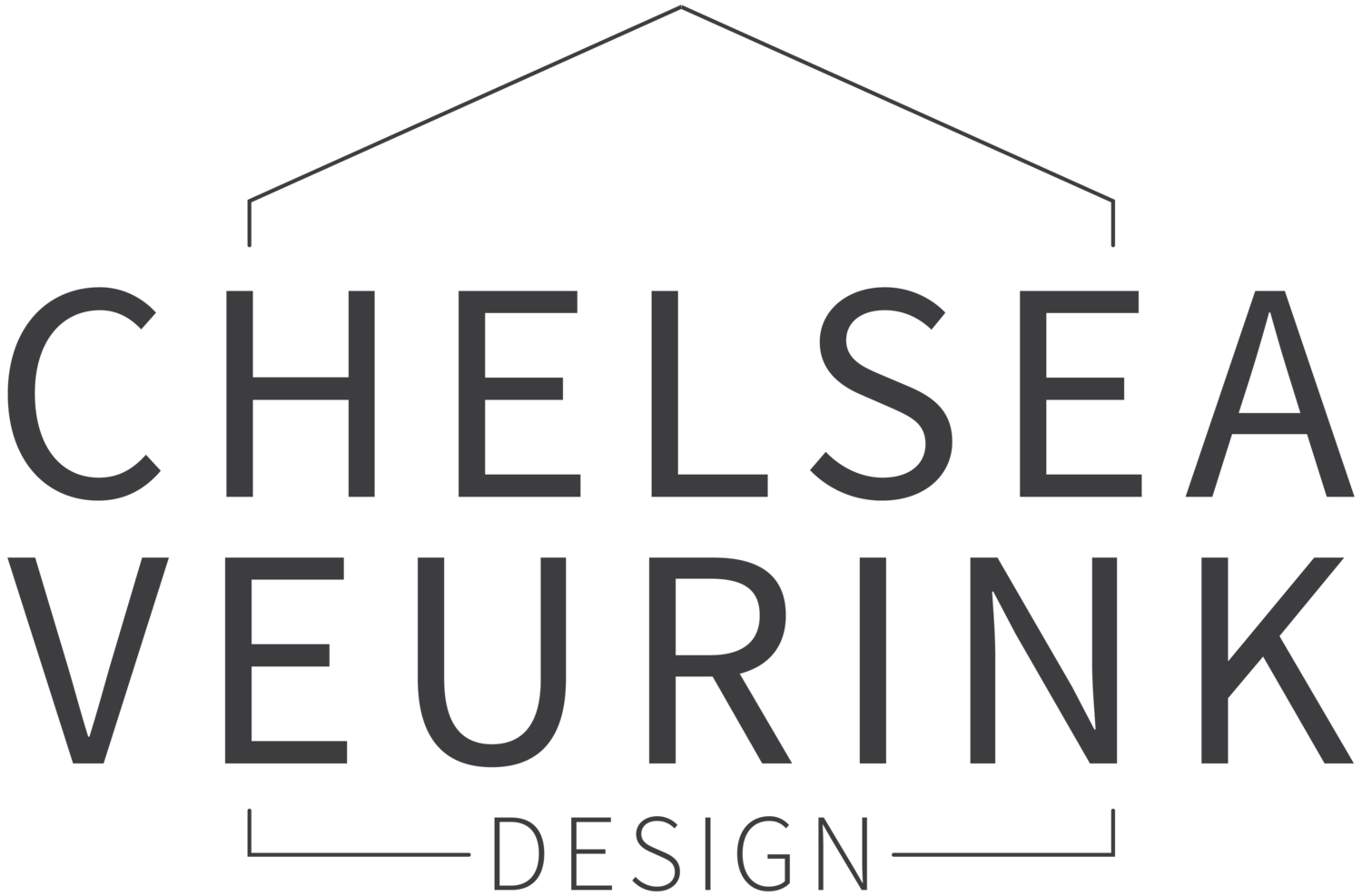Color Psychology in Interior Design
Choosing the Right Hues for Your Home
Color psychology plays a significant role in interior design, as different hues can evoke specific emotions and create different moods within a space.
When choosing colors for your home, consider the following principles:
Warm Colors:
Red: Stimulates energy and passion. Use in areas where you want to create excitement and liveliness, like dining rooms or social spaces.
Orange: Creates a warm and inviting atmosphere. Ideal for spaces where you want to promote sociability and enthusiasm, such as kitchens or gathering areas.
Cool Colors:
Blue: Evokes calmness and serenity. Great for bedrooms or areas where relaxation is desired. Lighter shades can create a sense of spaciousness.
Green: Represents nature and tranquility. Works well in spaces where you want to promote a sense of balance and harmony, such as living rooms or home offices.
Neutral Colors:
White: Symbolizes purity and simplicity. Creates a clean and spacious feel, making it suitable for any room in the house.
Gray: Conveys elegance and sophistication. Use in areas where you want to create a timeless and sophisticated atmosphere.
Earthy Colors:
Brown: Evokes warmth, stability, and comfort. Can be used as a grounding color or as an accent to add richness to a space.
Beige: Represents neutrality and versatility. Creates a soothing and unobtrusive backdrop, allowing other elements to take focus.
Accent Colors:
Yellow: Radiates happiness and optimism. Ideal for spaces where you want to create a vibrant and energetic ambiance, such as entryways or kitchens.
Purple: Symbolizes luxury and creativity. Use in areas where you want to evoke a sense of drama or sophistication, like bedrooms or entertainment spaces.
When incorporating color into your interior design, consider the purpose and function of each room. Additionally, take into account the natural light available, as lighting can influence how colors appear in a space. Experiment with different color combinations and consider using color swatches or creating mood boards to visualize how colors will interact in your home.
Remember, personal preference plays a crucial role in color selection, so choose hues that resonate with you and create an atmosphere that aligns with your desired emotional experience in each room.

